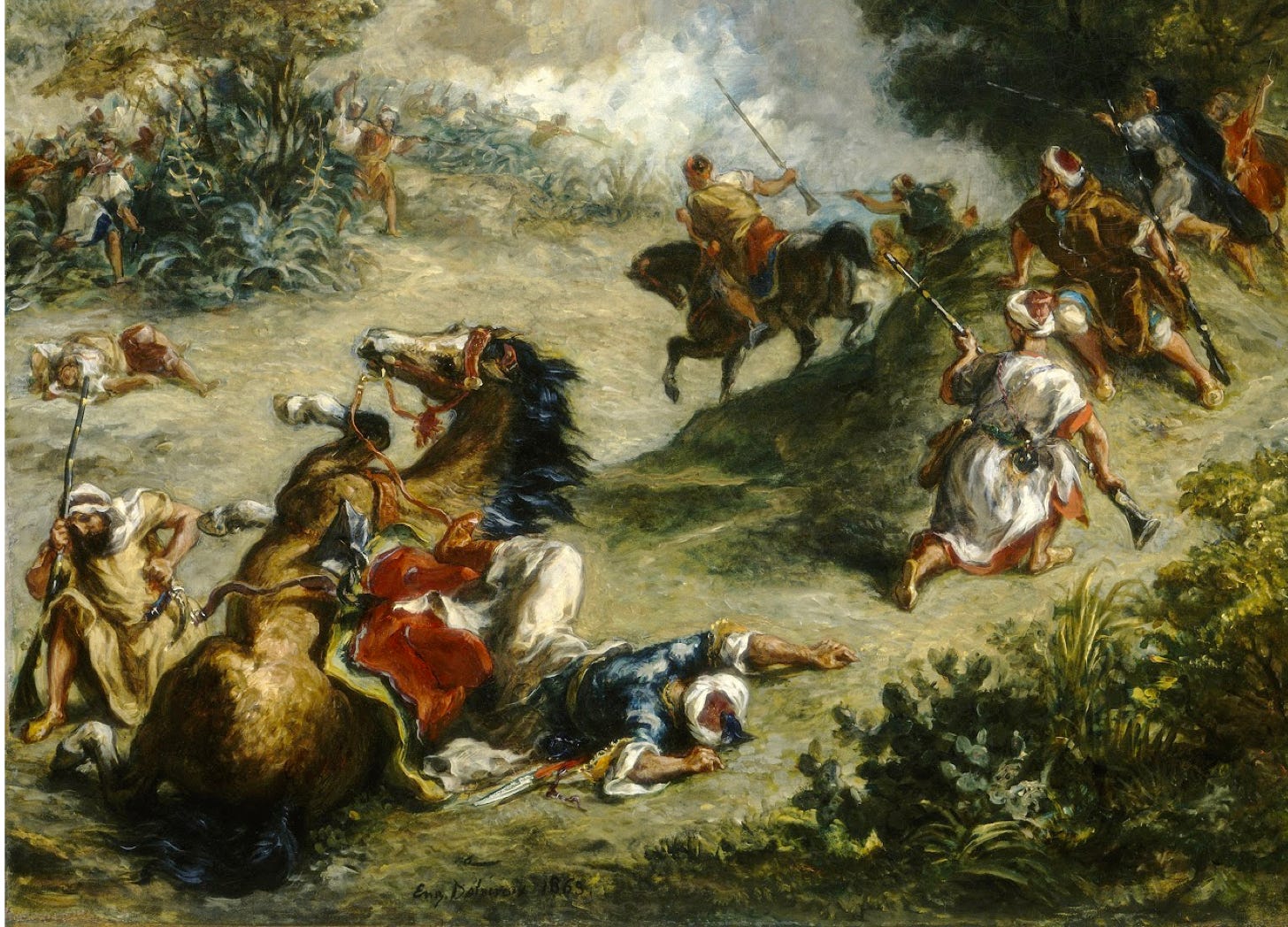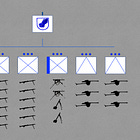Welcome to the Tactical Notebook, where you will find more than six hundred articles about the armies that are, the armies that were, and the armies that might have been.
The article that follows belongs to a series. Thus, you may wish to engage its predecessors before attempting to tackle it. Links to these can be found on the following page:
On 26 February 1943, the 78th Assault Division reported for duty with the XXXXVI Armored Corps. As the latter formation was then dealing with a serious Soviet attempt to breakthrough its lines, this assignment promised to provide the one-of-a-kind division an opportunity to ply its highly peculiar trade. That is, it stood a good chance of forming hedgehog positions or setting up an anti-tank barrier [PAK-Front].
Unfortunately, the fortunes of war were such that the elements of the 78th Assault Division spent seventeen days defending patches of forest against Soviet infantry attacks delivered at close range and conducting small-scale attacks with limited objectives, often as part of battle groups attached to other formations. To make things worse, the tree-covered, ravine-rich ground over which the assault regiments fought offered few full fields of fire for 75mm anti-tank guns.
A tally of the losses suffered gives a sense of the ferocity of the fighting. Of the 12,400 or so officers and men serving with the 78th Assault Division at the start of the battle, 682 received wounds serious enough to require evacuation, 310 died, 141 fell ill, and 76 went missing. In other words, over the course of a little more than two weeks, the 78th Assault Division lost more than ten percent of its soldiers.
At the same time, an inventory of Soviet equipment captured (or destroyed) in the course of the battle suggests that the 78th Assault Division faced very few tanks. In particular, while the Major General Völckers reported that his men deprived the Workers’ and Peasants’ Red Army of 1,251 rifles, 238 light machine guns, 181 heavy machine guns, and 163 submachine guns, he only took credit for the elimination of six tanks.
In the same report, Völckers described the material casualties of the 78th Assault Division as “low” [gering]. This suggests that his units managed to hold on to most of the positions they were defending or, at the very least, quickly recapture those that had been overrun by the Soviets.
Source: Report of Major General Paul Völckers, dated 16 March 1943, [78. Sturm-Division Ia/Nr. 63/43 g.Kdos.] This report can be found in (at least) two sets of records microfilmed by the US National Archives: those of the 78th Assault Division (T 315 Roll 1100, frames 138-146) and those of the Army High Command [OKH] (T 78 Roll 620, frames 1297-1303).







A tragic waste of a specialized unit, deployed in a suboptimal way in a constricted environment.
After all that work.